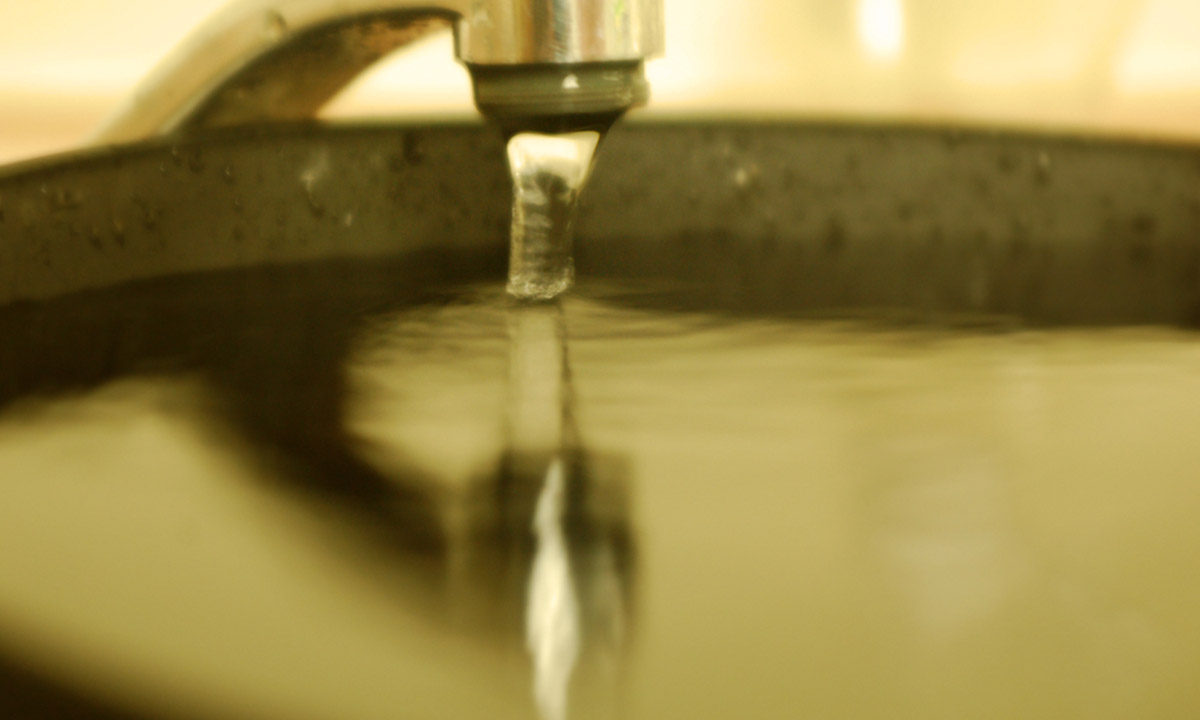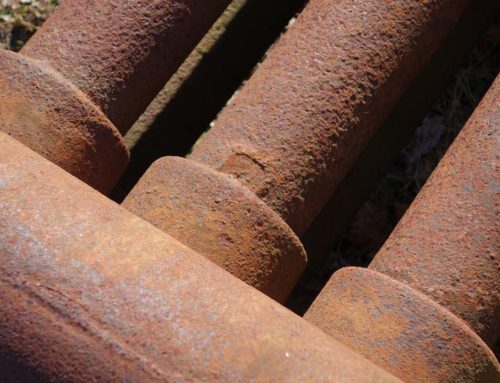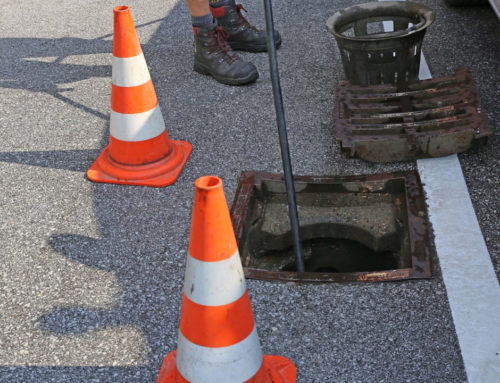Common Signs of Orangeburg Pipe Failure

Orangeburg pipe, sometimes called “bituminous fiber pipe,” was widely used for sewer lines between the 1940s and 1970s. It was made from layers of wood pulp and pitch, which created a lightweight, inexpensive alternative to clay or cast iron at the time. Unfortunately, the material was never designed to last for decades, and most Orangeburg sewer lines today are well past their expected lifespan. Homeowners with older properties should be aware of the warning signs of failure, since neglected Orangeburg pipes can collapse and cause severe damage. Below are the most common indicators that your sewer system may be suffering from Orangeburg pipe failure.
Frequent Sewer Backups
One of the first red flags is recurring sewer backups. Because Orangeburg is made of compressed wood fibers, it softens and warps when exposed to constant moisture. Over time, the pipe walls blister and deform, reducing the interior diameter and obstructing flow. This leads to frequent clogs and sewage backing up into drains, toilets, or even basements. If backups occur more than once a year, especially after professional cleaning, the problem may be structural rather than just debris-related.
Slow-Draining Fixtures
Even if backups haven’t happened yet, slow drainage throughout the home is another indicator. When sinks, tubs, and toilets all seem sluggish, it may point to pipe deformation or partial collapse underground. Because Orangeburg pipes tend to ovalize and flatten under soil pressure, wastewater can no longer move freely through the line. This symptom is often misdiagnosed as a simple clog, but if drain cleaners and augers provide only temporary relief, the real issue could be the pipe itself.
Sinkholes or Soft Spots in the Yard
Orangeburg pipe degrades over time, eventually cracking and disintegrating. When this happens, sewage seeps into the soil instead of reaching the main sewer. The constant moisture can create soft patches, depressions, or even sinkholes in your yard. These areas may appear greener than the surrounding grass due to excess nutrient-rich water, or they may smell foul because of raw sewage. Any sudden changes in your lawn above the sewer line should be investigated immediately.
Unpleasant Odors
A properly functioning sewer system is airtight, with odors vented away through plumbing stacks. When Orangeburg pipes fail, cracks and breaks allow foul smells to escape into the yard, basement, or even inside the home. If you notice persistent sewage odors that aren’t resolved by cleaning or vent inspections, the underground pipe may be compromised.
Tree Root Intrusion
One of the most notorious weaknesses of Orangeburg pipe is its vulnerability to tree roots. Unlike modern PVC or HDPE pipes, Orangeburg has no protective barrier to keep roots out. As the material weakens and joints separate, nearby trees and shrubs naturally seek out the moisture, sending roots directly into the line. Signs of intrusion include gurgling drains, recurring clogs, and sometimes visible root masses pulled out during a sewer cleaning. Unfortunately, once roots breach Orangeburg pipe, permanent damage is inevitable.
Pipe Age and Material Confirmation
Sometimes the most telling sign is simply the age of the home. If your property was built between 1940 and 1970 and the sewer line has never been replaced, there’s a strong chance it was built with Orangeburg. Since the average lifespan is only about 30–50 years, nearly all remaining installations are in some stage of failure today. A video inspection by a plumber can confirm the material and provide a clear picture of its condition.
Orangeburg pipe failure is not a question of “if,” but “when.” The material was a short-term solution that cannot withstand modern demands or decades of soil pressure. If you notice repeated backups, slow drains, yard depressions, odors, or evidence of root intrusion, it is wise to have a sewer camera inspection performed. Identifying failing Orangeburg early can prevent catastrophic collapse, protect your property, and save thousands in emergency repairs. In most cases, full replacement with PVC or another durable material is the safest and most cost-effective solution.




